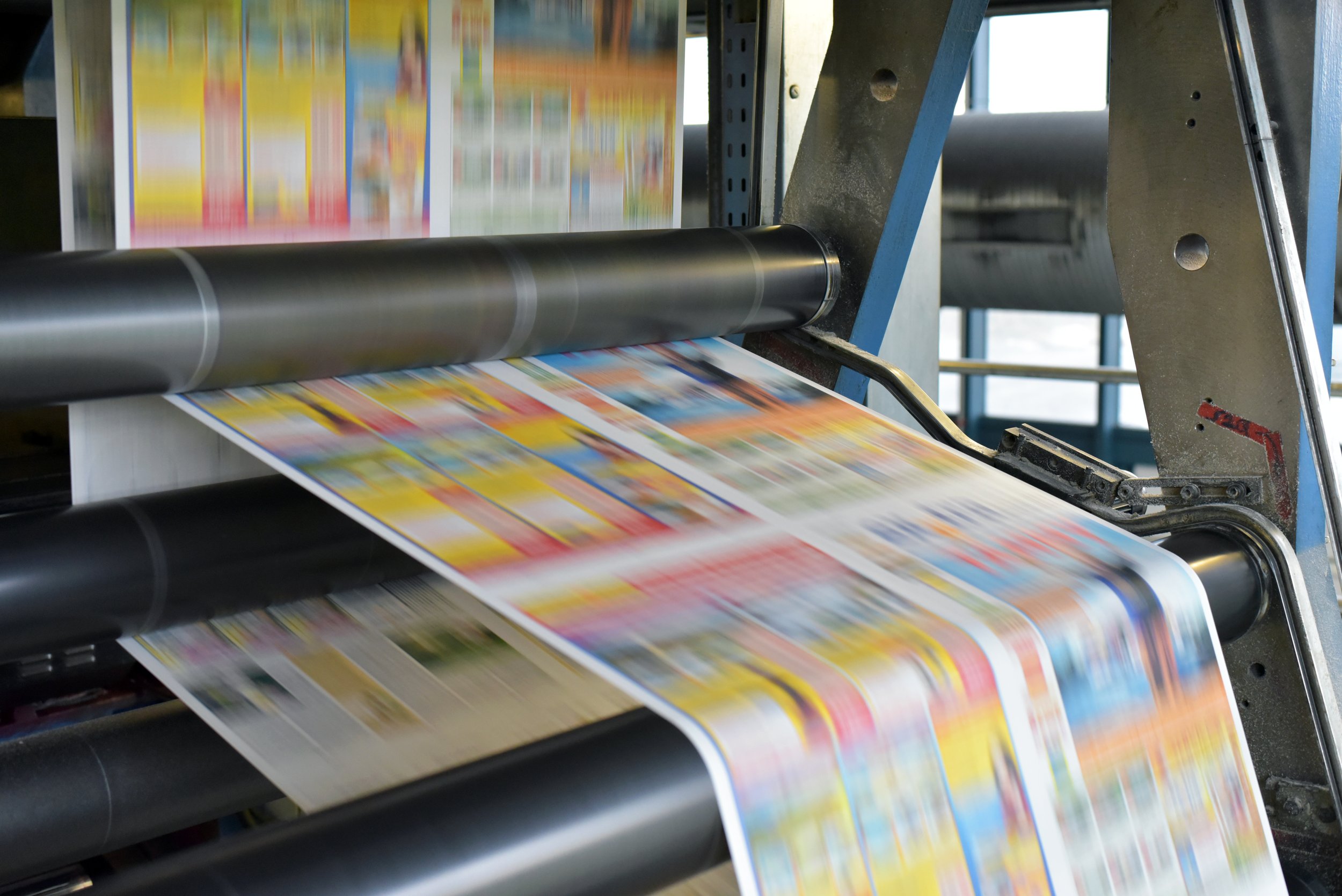Production
A Book is Born
Once your book has been edited, copyedited, and designed, you’re ready for printing and distribution! And although this step is at the very end of the book-making process, it should be considered early on for a smooth transition of files and maintaining deadlines. It’s important to research and connect with a print vendor before the book jacket, case cover, and interior are designed. This will ensure the correct measurements and file setup for your book as all printers have different requirements and templates. If you don’t know this info prior to moving forward with designing your book, it may delay your publication date.
Read up more below! And to go more in-depth on the Production side of things and get a list of vendors to kickstart your research, check out the Printing section of the site.

Production
After the entire book has been approved, the designer will hand off the packaged files (including fonts, links, hi-res PDFs, and native InDesign files) to you for printing OR they may handle submitting the files and communication with the printer for you. It all depends on your initial agreement. Most printers provide physical or digital proofs that will need to be approved before the final print run. It’s recommended to have your designer take a look at this so they can look out for things like missing bleed, double-check the size, ensure everything lined up correctly, and look at the colors (to see if everything’s balanced out properly). This too may be a separate fee.
When selecting a vendor, there are a few options to consider, depending on the format of your book. You’ll want to do thorough research to ensure that they can match the specifications that you’re looking for in terms of the book’s size, page count, effects, and print run.
If you’re interested in having special effects on your cover and/or a specific type of jacket lamination, be sure to inquire about this as an option during your vendor research. Effects are a fun way to help your books shine (sometimes literally!) off the shelves to help it stand out from the rest and increase durability. The most common effect used is a spot gloss (or spot UV), which essentially adds a touch of shine to a small part of the cover, like the title or piece of artwork. Other effects and finishing options include:
Foil stamping
Embossing/debossing
Glitter
Gloss or matte lamination
Soft touch lamination
Now that we’ve done a quick glance over the general book process, take a look at some additional resources available below.
-

Frequently Asked Questions
-

Resources & Articles
-

The Book Design Process